Budgeting for Your Landscape Design
Four landscape architects and designers share their tips for getting your dream landscape on a budget and how to communicate well with a designer.
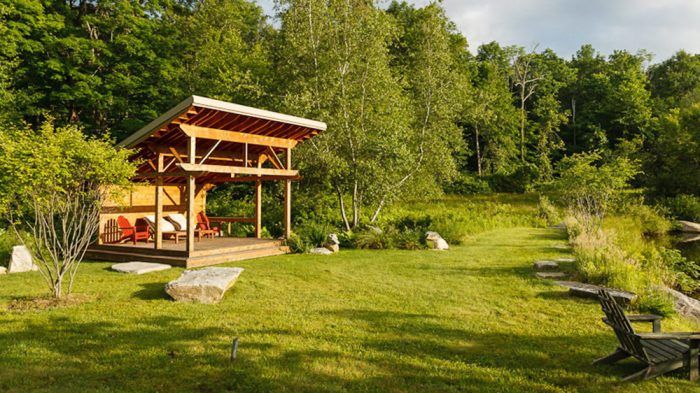
This article is the third in a series in which professional landscape architects and designers share their invaluable insights into bringing a unique-to-you outdoor space to life. A successful landscape design project depends on clear goals communicated by the client, realistic expectations set by the designers, and a good relationship between the two based on mutual respect. But most importantly, a project needs fit within a budget that the homeowners can afford. Here’s some advice on how to ensure that happens.
What are your tips for balancing budget and vision?
Kerry Lewis, Kerry Lewis Landscape Architecture: The great thing about landscapes is that they can be phased. When you build a house, you have to put the roof on and you have to put the counters in. But a landscape can be built over years. One of the many benefits of working with a landscape architect is that you can put together a master for the property. This allows you to ensure everything works toward an end so you’re not backing yourself into a corner and wishing you’d done something different when you get to year three. Make sure to have a long-term vision and pick away at it as your budget allows. Practically, know where your lawn or beds are—that way you’re not redoing efforts in terms of time and labor.
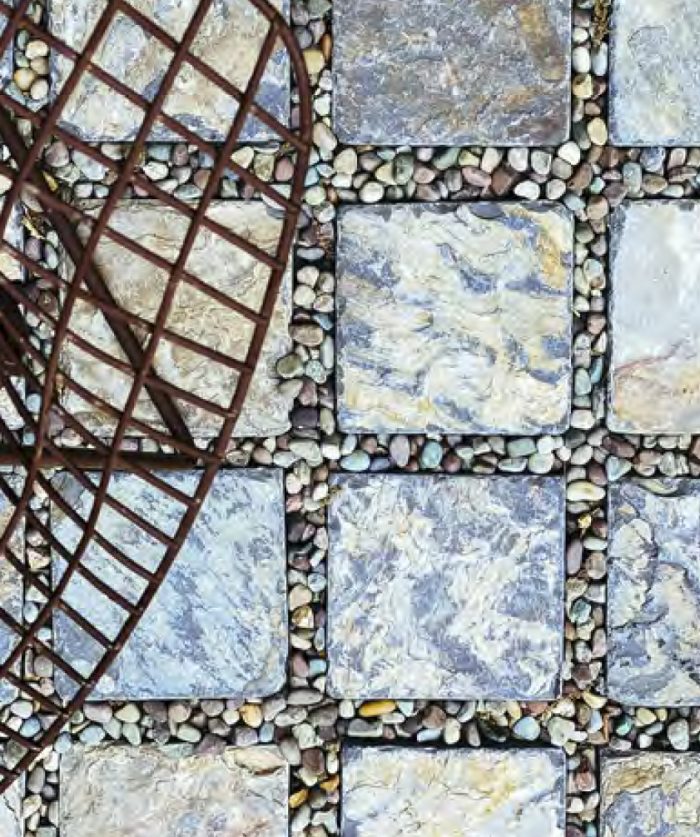
Jessica Viola, Viola Gardens: Everyone has a budget, but it’s not inspiring to dream in a box. The first step is asking how you want to experience the space. Then, once you have a layout, you match that to a detailed budget with a line item for everything. At that stage, we will revise, scale, and phase. We might consider different material options, or prioritize different things over others, or explore prefab options or paint versus stucco, while still moving in the same direction.
Brian Higley, Brian Higley Landscape Architect: 99.9% of my projects have been phased. During the design process, you can decide what’s most exciting and what’s most important, especially when you have a master plan that guides the phasing. Once you have a plan, you can price the phasing and then that amount gets adjusted through cost engineering. This includes finding a less expensive way to achieve a goal, opting for a pared-down version, or leaving some elements for later.
Nahal Sohbati, Topo-Phyla Landcape Design: As a designer, I think a good understanding of the site, working with nature, and proper placement of site elements can save a lot of money on unnecessary excavations or future changes to the design. Locally sourced materials and plants not only saves some budget, but is also a responsible practice for reducing the carbon footprint of the project. it also helps the design to fit in within the context it is located in and contribute to the existing ecosystem.
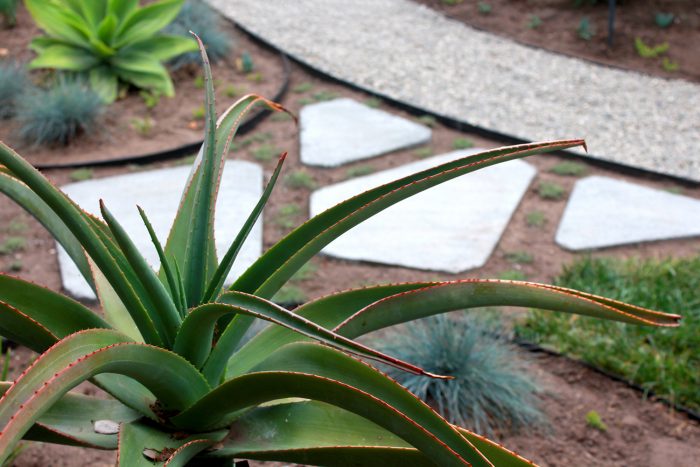
What makes for a successful relationship between a designer and a homeowner?
KL: There are no stupid questions. Sometimes people are a little embarrassed, especially if they are new to gardening, but ask away! One of my goals as a landscape architect is to be a really good listener, and to take all the little pieces and make them into a workable whole, especially if there are two partners who have divergent views. I always joke that I should have gotten a minor in marriage counseling.
It’s the designer’s job to manage expectations and to let people know what the process looks like, how long it will take, and most importantly, what the garden is going to need those first three years of establishment. Every plant needs water the first three years, even if you’re planting climate-appropriate plants. And there will be weeding even if you’re putting in a wildflower meadow or lawn. There will be maintenance even if you’re working toward a low-maintenance landscape.
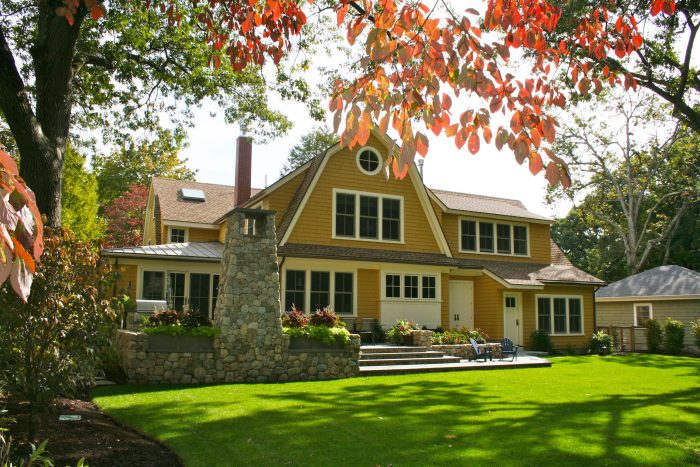
JV: One of the first tips I was given when I started my business was to listen. I encourage whomever I work with to dream. Whether it’s drawing inspiration from music, colors, cooking, hobbies, etc.; or if you see walls, fence colors, or a painting that you like, share that information. The reason you hire a landscape designer is to help pull those aspects together and ground it in reality and to say, this is possible, or this won’t work but this will. I will then give the translation of what they’ve communicated. The majority of people don’t know what they want and aren’t used to making a lot of direct decisions. The language of plants is a lost art so that’s my responsibility to help educate people on how things work in the landscape.
BH: Expect the architect to be honest in a very diplomatic way. We will be particular about space and what you’re going to be able to achieve. I’ve also found that drawings really help to communicate to the homeowner. And ultimately, as the owner, get excited.
NS: The same principle that makes any teamwork successful—communication, sympathy, and respect. A successfully designed space is a result of synergy between the client, designers, contractors, and all the stakeholders working together to achieve a mutual goal. To achieve that, a well-defined set of roles from the initial phases of the design is essential. Being flexible with your approach, time, and taste also helps strengthening this two-way relationship.
ABOUT THE CONTRIBUTORS

Kerry Lewis Landscape Architecture, established in 2002, is a design firm dedicated to the practice of residential landscape architecture. Kerry comes by her love of plants and natural areas from growing up on a farm in the Hudson Valley region of New York State. Kerry graduated from Cornell University with a BS with distinction in Landscape Architecture. She has been a registered Landscape Architect since 1993 and is currently licensed in Maine and Massachusetts. She holds certificates in Healthcare Garden Design (Regenstein School of the Chicago Botanic Garden) and Horticultural Therapy (Horticultural Therapy Institute and Colorado State University) and is an avid proponent of ecological design methods that enhance the wildlife value of residential gardens.
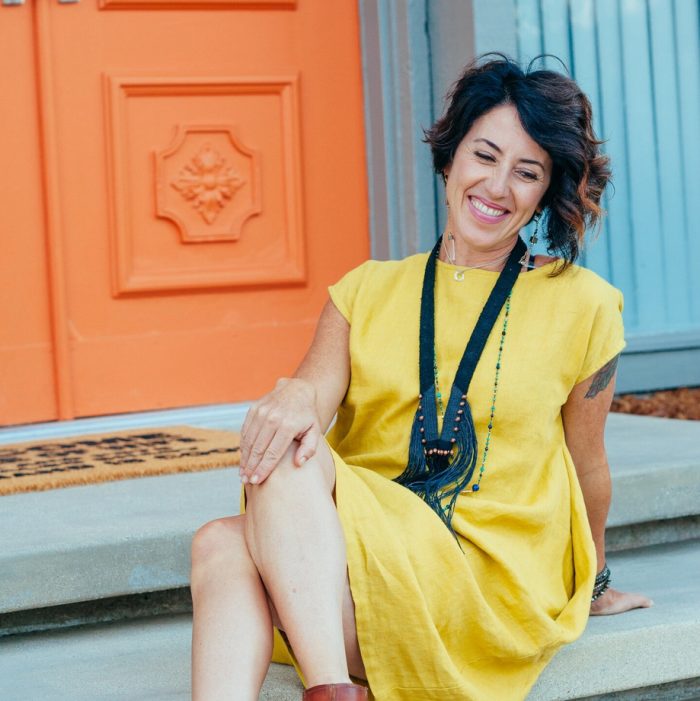
Jessica Viola is one of Southern California’s most sought-after landscape designers, having spent the past two decades cultivating a design portfolio based on regenerative, whole-system solutions and artistic vision. One of just a few fully licensed, bonded, and female landscape contractors in the state of California, Jessica’s in-house design crew is currently fully women-led and all team members are certified in Permaculture Design. Jessica approaches each project as a unique reflection of her client’s dreams and desires in relationship with the needs of the garden, the architecture, and the land.

Brian Higley was born and raised in rural Vermont, where he developed a deep respect for nature. He is the son of a builder, and so at a very early age developed a thorough understanding of the construction process as well. Brian received a degree in Architectural and Building Engineering from Vermont Technical College, and worked for architectural and engineering firms around the country before returning to the University of Massachusetts at Amherst for his training in landscape architecture. He feels that a simple approach is usually best, and leads to a more pleasing, functional, and cost-effective design.
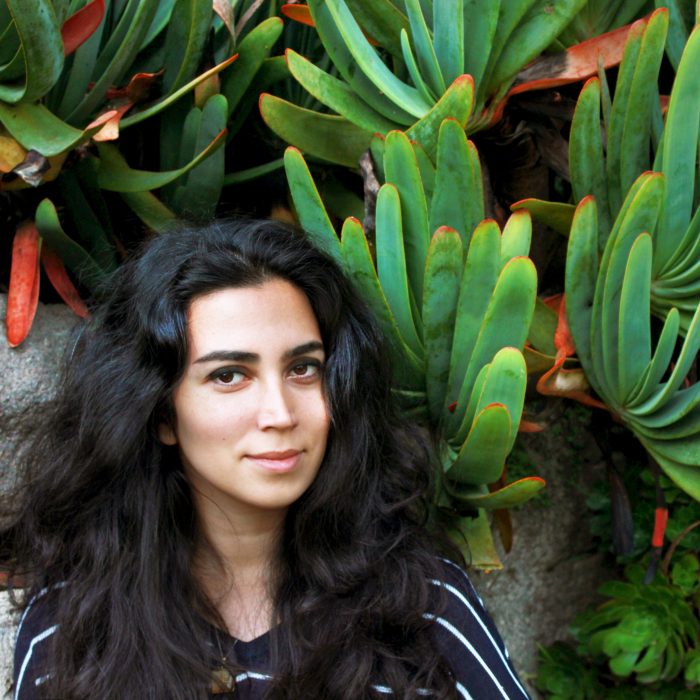
Nahal Sohbati is a landscape designer and a co-founder of Topo-Phyla Landscape Design in Santa Barbara, Calif. After earning her bachelor’s degree in interior architecture, Nahal developed a passion for public open spaces with high social and environmental impact, which led her to pursue a master’s in landscape architecture. Nahal strongly believes that design is an advocacy tool to change “what is” into “what could be.” Since her award-winning community service project, Ridge Lane, Nahal has made it her goal to contribute design services that form lasting bonds between communities and their environment.
RELATED LINKS


























View Comments
The plants that surround us are beautiful. Wildlife is inspiring, and it is not surprising that many people are interested in gardening these days. The technogenic world is a stressful environment for humans; returning to nature is a natural phenomenon. It's possible to create truly amazing landscaping solutions now, and here's more valuable information on how you can improve it https://gardeniaorganic.com/landscape-lighting-for-trees/